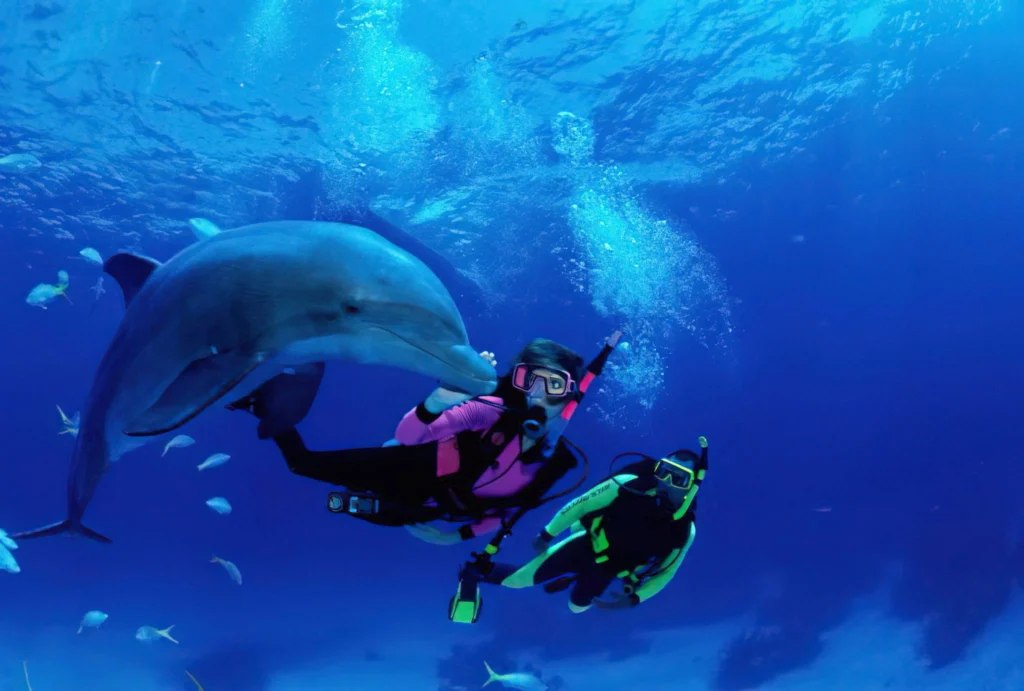End Your Safari with Sand, Sun, and Spices-Best time to visit Zanzibar after a safari
After tracking lions through Ruaha or cruising along the Rufiji River in Nyerere National Park, many travelers dream of ending their adventure with the turquoise calm of Zanzibar’s beaches. The island, just a short flight from mainland Tanzania, offers a relaxing balance to the excitement of a safari. But to make the most of it, knowing when is the best time to visit Zanzibar after a safari can transform your experience from “nice” to unforgettable.
This guide explains Zanzibar’s seasons, weather patterns, special events, and travel tips so you can choose the best time for your beach retreat — whether you’re planning a romantic honeymoon, a family getaway, or a serene post-safari unwind.
Understanding Zanzibar’s Seasons
Zanzibar sits just south of the equator, giving it a tropical climate with warm temperatures year-round. However, rainfall and humidity vary, and that affects sea conditions and activity options.
| Season | Months | Conditions | Travel Highlights |
|---|---|---|---|
| Dry Season | June – October | Sunny, dry, low humidity | Best weather, calm seas, peak snorkeling visibility |
| Short Rains | November – December | Afternoon showers, short bursts | Great deals, lush scenery, fewer tourists |
| Hot Season | January – March | Hot, sunny, humid | Ideal for diving, island-hopping, photography |
| Long Rains | April – May | Heavier rain, fewer visitors | Quiet beaches, budget-friendly, some lodges close |
💡 Pro Tip: If you’re combining safari + beach, align both under June–October — the dry season offers perfect wildlife viewing on the mainland and calm, crystal-clear waters in Zanzibar.
Matching Your Safari to Your Zanzibar Stay
- After a Southern Tanzania Safari (June–October): This is the sweet spot — cool, dry, and perfect for both game drives and beach relaxation. You’ll enjoy soft breezes and endless sunshine on Zanzibar’s east coast (Paje, Bwejuu, Matemwe).
- For Honeymooners: August and September combine idyllic sunsets, gentle seas, and fewer crowds — ideal for private villas and romantic dhow cruises.
- For Divers and Water Lovers: January to March brings warm seas (28–30°C) and fantastic visibility in Mnemba Atoll and Mafia Island.
- For Budget Travelers: Visit during November or early December, when prices drop but the island remains lively and green.
You might also find these helpful:
- 10-Day Budget Wondrous Wildebeest Migration Safari & Zanzibar Escape
- 8-Day Epic Wild and Beach Luxury Safari.

Local Culture, Events, and Experiences
Beyond beaches, Zanzibar pulses with Swahili culture and spice-scented history. Time your visit to include:
- 🎶 Sauti za Busara Festival (Feb): East Africa’s top music and arts celebration in Stone Town.
- 🎬 Zanzibar International Film Festival (July): A colorful event showcasing African cinema and culture.
- 🌿 Spice Harvest (June–August): Walk through clove plantations and sample fresh cinnamon, nutmeg, and vanilla.
- 🐢 Sea Turtle Nesting (Feb–May): Witness these gentle giants laying eggs along Nungwi’s northern beaches.
Travel Tips for Post-Safari Relaxation
- Pack light, breathable clothes — and don’t forget reef-safe sunscreen and a hat.
- Respect local culture: Zanzibar is predominantly Muslim, so dress modestly when away from the beach.
- Stay hydrated; the coastal humidity can be intense.
- Always book marine activities through licensed operators who prioritize reef conservation.
Frequently Asked Questions (FAQs) About the Best Time to Visit Zanzibar After a Safari
Q1: Can I fly directly from Ruaha or Nyerere National Park to Zanzibar?
Yes — charter flights connect via Dar es Salaam in just a few hours, making transitions easy.
Q2: Is Zanzibar suitable for families?
Absolutely. Many resorts offer family villas, kids’ clubs, and gentle beaches perfect for children.
Q3: What’s the water temperature throughout the year?
It ranges from 25°C in July to 30°C in March, ideal for swimming, snorkeling, or diving year-round.

